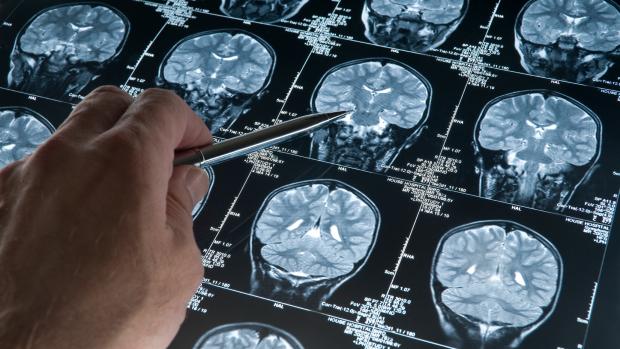Alzheimer’s Research May Lead to Preventing the Debilitating Disease
NYU Scientists Develop Biochemical Probe to Accurately Diagnose Toxic Protein in the Brain

Alzheimer’s disease (AD) is one of the most heartbreaking diagnoses a person can receive. This irreversible, progressive brain disease slowly destroys memory and thinking skills and eventually even the ability to carry out the simplest tasks. The most common cause of dementia among older people, AD affects as many as 2.4 million to 4.5 million Americans, according to the National Institute on Aging.
Jin Ryoun Kim, assistant professor of chemical and biological engineering at Polytechnic Institute of New York University, has been leading a team of researchers including Paramjit Arora, associate professor in NYU’s Department of Chemistry; Mary Cowman, professor in NYU-Poly’s Department of Chemical and Biological Science, and Jorge Ghiso, NYU School of Medicine associate professor, to make this debilitating disease a thing of the past.
Kim is interested in developing a biochemical probe that would quickly and quantitatively reveal toxic proteins associated with Alzheimer’s. Developing an early, reliable diagnostic tool will enable researchers to develop drug-like compounds to prevent the disease.
What triggers Alzheimer’s, Kim explains, is protein aggregation, in which a protein molecule sticks to neighboring identical molecules, ending up as a toxic form that interferes with normal brain functioning. While all humans have these protein molecules, young people’s bodies are able to prevent accumulation of toxic forms of the protein. But as people age, they become more vulnerable to their effects.
Toxic molecules generated during the aggregation process have been directly linked to the onset of Alzheimer’s. Unfortunately, the toxic molecule is difficult to detect: It’s very unstable, and can change shape, structure or biological effect easily and rapidly.
“One of the biggest problems in AD research is the instability of these toxic protein forms,” Kim says. “It’s very likely that any existing method of finding them might be misleading; that is, it’s like going after a moving target. Detection must be very rapid, specific and quantitative, but there’s no such method yet.”
That’s where his research comes in. “We’re trying to develop a biochemical compound—a specific, rapid and quantitative probe—that can detect the toxic protein molecule and report its presence quantitatively right away,” he says. If such a probe can be developed, it could be used to identify drug-like compounds that can prevent the formation of toxic protein forms, and thus prevent the disease itself. The research is being conducted under a two-year $80,000 New Investigator Research Grant from the Alzheimer’s Association (www.alz.org). Kim has filed for a provisional patent, based on preliminary data, for a biochemical probe that would quickly and quantitatively reveal toxic proteins associated with Alzheimer’s.
“The goal of our research is a world without Alzheimer’s disease,” says Kim. “If there’s no Alzheimer’s in the world, maybe I’d have nothing to do, but it’s something I wish. Hopefully, using our probe, maybe a solution is just a few years away.”




